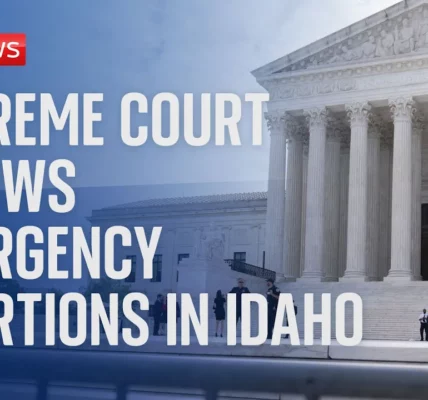Israeli Air Force Continues Aerial Campaign Against Hezbollah Infrastructure

This article delves into the recent escalations of military operations by the Israeli Air Force targeting Hezbollah’s infrastructure in Lebanon, the implications for regional stability, and the responses from various factions involved in the ongoing conflict.
Introduction
In the last 24 hours, the Israeli Air Force has intensified its aerial campaign against what it identifies as Hezbollah infrastructure in Lebanon. The attacks, primarily focused on the southern region of Beirut, have escalated tensions in an already volatile region. This article aims to provide a comprehensive overview of the current situation, examining the military operations, their implications, and the broader geopolitical dynamics at play.
Current Military Operations
The Israeli military operations have been marked by strategic airstrikes targeting key Hezbollah positions. These operations reflect Israel’s ongoing efforts to undermine Hezbollah’s military capabilities and influence in the region.
Airstrikes in Southern Beirut
Last night, southern Beirut, particularly the Hezbollah stronghold of Daier, experienced renewed airstrikes. Explosions were reported near Beirut’s International Airport, indicating a significant escalation in military activities.
- Targeted areas included known Hezbollah command centers.
- Reports suggest the airstrikes are aimed at crippling Hezbollah’s operational capabilities.
Evacuations Ordered
In light of the escalating violence, the Israeli military has ordered residents living near the Awani River to evacuate northward. This move is part of a broader strategy to minimize civilian casualties while targeting military objectives.
Impact on Humanitarian Conditions
The ongoing conflict has dire humanitarian implications, particularly for civilians in Lebanon and surrounding regions. The airstrikes have not only targeted military assets but have also severely affected civilian infrastructure.
Closure of Major Border Crossings
Israeli airstrikes have effectively sealed off Lebanon’s main border crossing with Syria, the Mazna Highway. This route has been crucial for humanitarian aid and civilian escape routes.
- Over 300,000 individuals have reportedly fled Lebanon since the onset of the Israeli assault.
- The closure of the Mazna Highway poses significant challenges for humanitarian access in the region.
Impact on Medical Facilities
Recent airstrikes in the town of Maun disrupted operations at a major hospital, forcing medical staff to evacuate. This highlights the growing concern for civilian safety and the challenges faced by healthcare providers amid ongoing military actions.
Escalation of Violence in the West Bank and Gaza
The conflict has also seen violent escalations in the West Bank and Gaza Strip. Israeli airstrikes in these regions have resulted in significant casualties and heightened tensions.
Casualties in the West Bank
In a notable strike in the Tulam refugee camp, at least 18 individuals lost their lives. This incident marks one of the deadliest attacks since the conflict escalated, with Israel claiming to have targeted a Hamas official.
Operations Against Hamas in Gaza
In Gaza, the Israeli Defense Forces (IDF) have been conducting operations against Hamas fighters, particularly in the Narim corridor, which divides the northern and southern parts of the Gaza Strip.
Regional Reactions and Implications
The violence has drawn reactions from various factions across the region, raising concerns about a broader conflict involving Iranian-backed groups.
Iran’s Stance
Iran’s involvement in the situation has been underscored by the Supreme Leader’s warning of potential retaliatory actions against Israel. This indicates a possible escalation involving multiple regional players.
Responses from Yemen and Iraq
In Yemen, Houthi forces have claimed to have launched drone attacks targeting Tel Aviv, while Iranian-backed militias in Iraq have also engaged in strikes against the Israeli-occupied Golan Heights, resulting in casualties among IDF soldiers.
- The axis of resistance, a coalition of anti-Israel forces directed by Iran, is poised for further actions if the conflict continues to escalate.
- These developments could lead to a multi-front conflict involving various regional actors.
Conclusion
The situation in Lebanon and the broader region remains highly volatile, with ongoing military operations by the Israeli Air Force targeting Hezbollah infrastructure. The humanitarian crisis intensifies as civilians face unprecedented dangers, and regional actors prepare for potential escalations. It is crucial for observers and stakeholders to monitor these developments closely, as they could shape the future of regional stability. For further insights and updates on this situation, please explore our related articles on Middle Eastern conflicts and geopolitical dynamics.
“`




